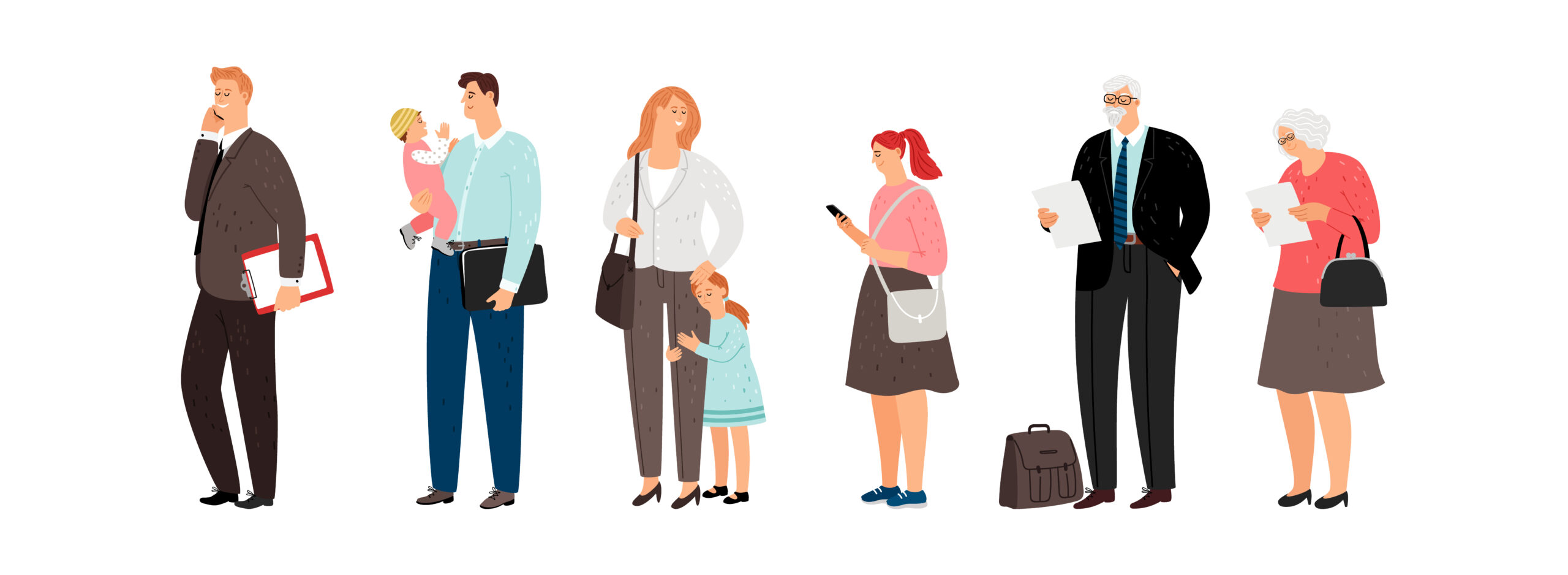Nobody likes to wait, but how people feel while waiting matters just as much as how long they wait. The psychology of waiting shows that perceived control, engagement, and communication dramatically affect how people experience wait times. Whether it’s for a table, an appointment, or a service, managing waitlists isn’t just about logistics — it’s about human behavior.
Understanding what shapes a person’s experience while they wait can turn a frustrating moment into an opportunity to build trust and loyalty. In fact, research from Psychology Today highlights that regular updates and a sense of progress make waiting feel shorter and less stressful.
1. Set Clear Expectations
Uncertainty makes waiting feel longer. When guests don’t know how long something will take or what happens next, anxiety rises. Providing accurate wait times and sending updates reduces tension and aligns with the principles of the psychology of waiting.
Even a simple message like “You’re next in line” gives guests a sense of control and progress — far better than silence. For businesses aiming to minimize frustration, our article on how to reduce no-shows and last-minute cancellations with tech highlights strategies that pair perfectly with waitlist management.
.
2. Communicate Regularly
Silence equals stress. People start to assume they’ve been forgotten. A quick update, even if the wait time hasn’t changed, reassures guests that they’re still in the system and that progress is being made. Waitly’s automated notifications make this effortless.
3. Keep Guests Engaged
When people are engaged, they perceive time differently. Restaurants might offer digital menus, stores can share promotions, and service providers can send quick tips or entertaining content. Keeping guests occupied makes the wait feel shorter and more enjoyable, in line with the psychology of waiting.
4. Be Transparent and Honest
If the wait is longer than expected, be upfront. Most guests are understanding as long as they know what’s going on. Lack of communication breaks trust — not the delay itself. Transparency shows respect for guests’ time and strengthens long-term relationships.
5. End the Wait on a High Note
Psychologists call this the “peak-end rule.” People remember the peak of an experience and how it ends. Ending the wait on a positive note, like a warm greeting or small gesture, can offset delays. The final impression shapes how guests feel overall.
Final Thoughts
The psychology of waiting teaches us that perception matters just as much as actual time. By keeping guests informed, engaged, and respected, you can turn waiting into a moment that builds loyalty and satisfaction. Using tools like Waitly makes managing this balance simple, seamless, and stress-free — for both you and your guests.




